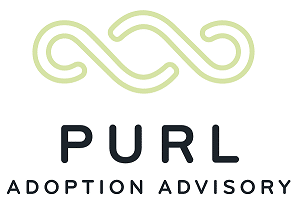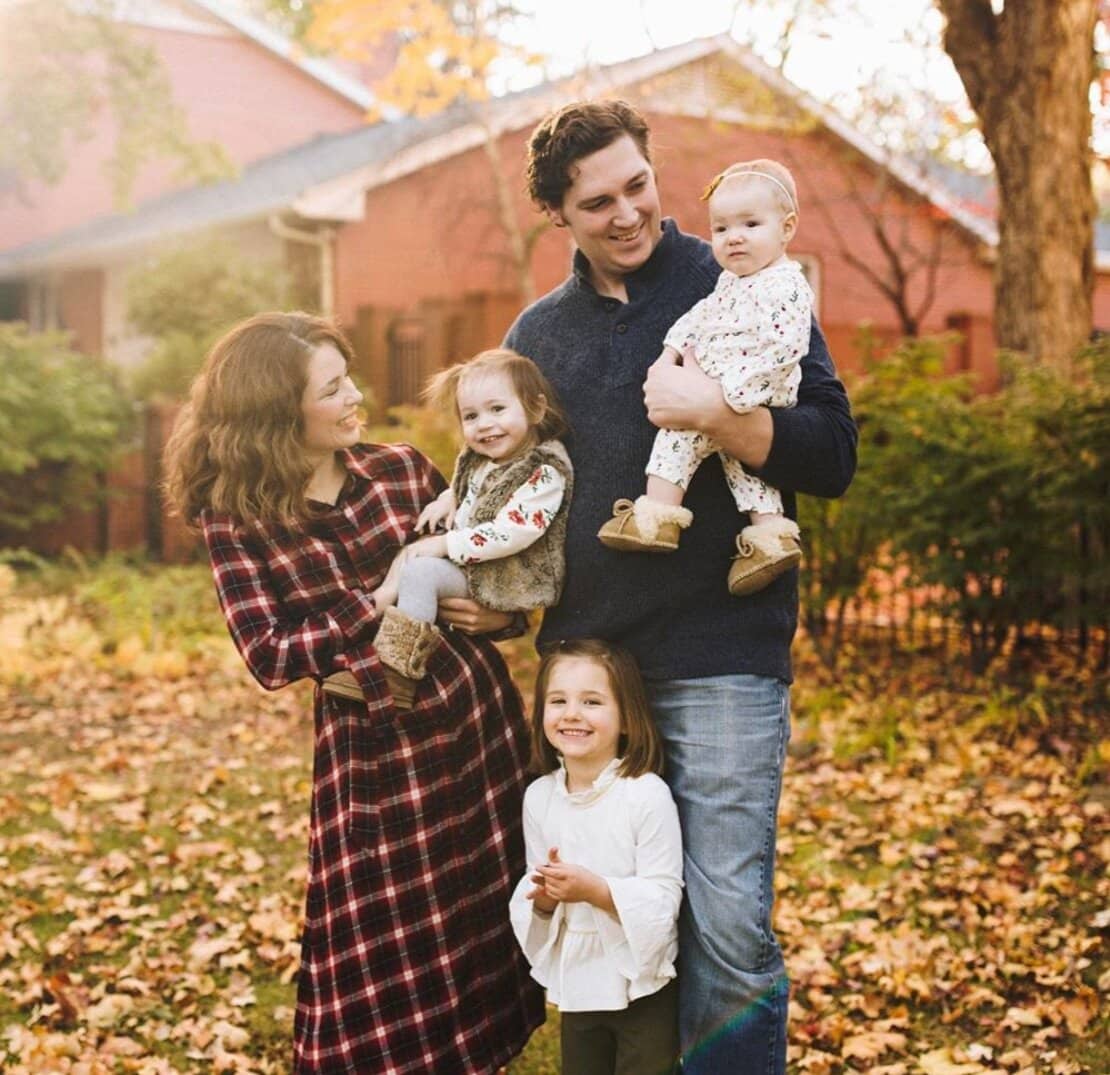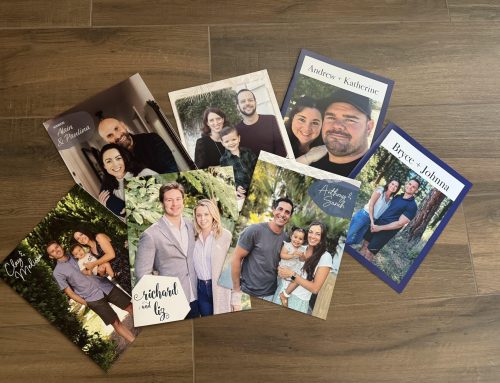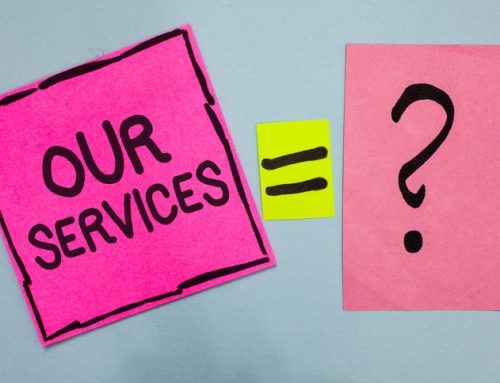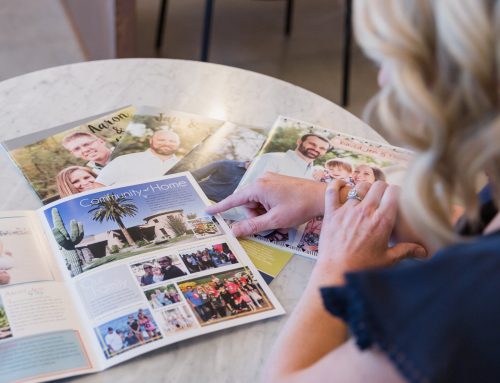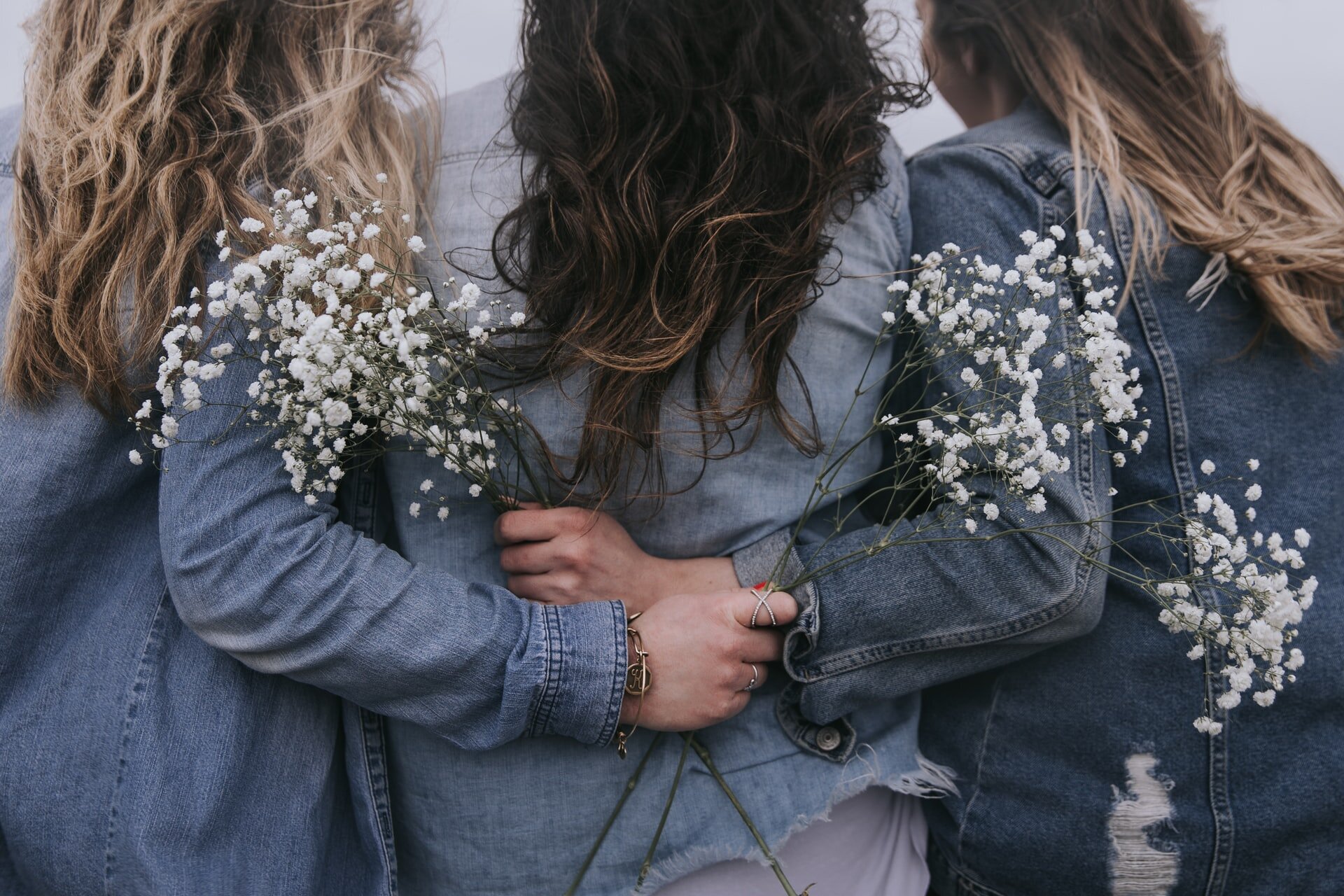
Several years ago, in preparing to become a mother and preparing to adopt, I spent a great deal of time reading about adoption and openness. I learned the differences among open adoptions, semi-open adoptions, and closed adoptions. I imagined various scenarios that might play out for my family and what was best for my future children, what kinds of feelings I would have as a parent, what our family would be comfortable with and how we might navigate different situations.
Ultimately, I came to believe strongly that my children deserved to have all the information they could. I explored my own biology, the biological connections I’ve taken for granted throughout my own life and what those mean to me and my identity. I reflected on its value. In instances when I’ve reunited with extended family at celebrations or funerals, I catch myself marveling at the traits we hold in common: the coarse hair, the freckles, the little mannerisms that I know I exhibit in daily life reflected back at me in someone I never spend time around. I enjoy it. I identify with it. Honestly, I eat it up. It’s like learning a little more about myself with every observation.
I was raised in my biological family. I never give it much thought. It was always there for me to consume.
My children, though, they don’t come from my body or my genetics or my pool of ancestors. Their biological definitions have been distanced from them, and when I stop to think about what that means and how hard that may be as they get older, I am moved to have answers for them in any way I can.
I have three children. They were all placed with me by their first mothers. I was chosen by the women who have half of their answers, and I am so grateful to have had the opportunity to absorb as many of those answers as possible in the time I had with them leading to my children’s births and even since. What can be hard, though, is that none of my children–even the two who come from the same biological mother–have the same stories or the same access to information or memories. As a mother, I will navigate with them what is available to them, but across their sisterhood, it won’t be fair. It won’t be equal.
One of my daughters has a relationship with her biological mother, as do I. She is available to us, loves us, returns communication, shares her life with us. We visit her in person. We can touch her and hold her and ask her questions. Our relationship is nearly as open as open can get.
Another of my daughters has photos of her baby self with her birth mother. Her first birthday was celebrated with biological family and adoptive family. She will look at those photos and see the smile on her first mother’s face as she sat in her lap. She will sense the love. She will have all of the information and photographs I’ve collected for her in hopes of answering as many questions as possible. And she will have her younger sister, a younger biological sister to travel in this life with, sharing questions and answers and grappling with feelings and identity. Probably seeing in one another glimpses of each other and their ancestors.
My youngest daughter never saw her birth mother again after she was born. There are no photos of their connection outside of pregnancy. There’s no visual evidence of the love and pride. But her birth mother chose to give her a life with her biological sister, and through that sacred relationship, I am hopeful that she will come to know as much of her biology as possible. That they will share in some inherited traits and partner in navigating identity, reconciling nature and nurture.
It’s not easy to navigate raising three individuals, let alone three individuals with different histories and biologies and experiences and questions and relationships–all of which are outside their control. It’s not easy to imagine the hard questions and how I can best support them in their quests for understanding. It’s not easy to be ready.
But it’s a privilege.
My advice to adoptive parents who are fearful of navigating these differences in their children’s stories and relationships–or lack thereof–with their children’s biological families is this: our job as parents is to love and provide for our children as individuals. Children are different in myriad ways, whether they’re biologically related to their parents and siblings or not, and as parents, we have to do our best in approaching and providing for those differences. One child may be more emotionally in need, or one child’s personality may require more social engagement, or one child may need more intellectual stimulation. It’s our privilege to work to meet our children where they are and walk beside them, whatever that may look like for each one.
It’s no different in adoption.
We must meet our children where they are. Whether they are struggling with identity or not so much. Whether they are grieving the loss of a biological relationship or they aren’t ready to nurture the outreach of family seeking reunification. Whether they want all of the answers or none of the answers.
None of it’s easy. But they call us mom and dad. And so, all of it is our privilege.
—-
We are so excited to share this valuable perspective from Purl’s new adoption advisor, Ashley Beason-Manes. She is an educator, child advocate, and a native-Californian turned Kansan. She is a mother to three young daughters by way of adoption and has learned so much over the last eight years of adopting and mothering. We hope you enjoy her blog post about the differences in adoption relationships when adoptive families adopt children from different birth families.

Several years ago, in preparing to become a mother and preparing to adopt, I spent a great deal of time reading about adoption and openness. I learned the differences among open adoptions, semi-open adoptions, and closed adoptions. I imagined various scenarios that might play out for my family and what was best for my future children, what kinds of feelings I would have as a parent, what our family would be comfortable with and how we might navigate different situations.
Ultimately, I came to believe strongly that my children deserved to have all the information they could. I explored my own biology, the biological connections I’ve taken for granted throughout my own life and what those mean to me and my identity. I reflected on its value. In instances when I’ve reunited with extended family at celebrations or funerals, I catch myself marveling at the traits we hold in common: the coarse hair, the freckles, the little mannerisms that I know I exhibit in daily life reflected back at me in someone I never spend time around. I enjoy it. I identify with it. Honestly, I eat it up. It’s like learning a little more about myself with every observation.
I was raised in my biological family. I never give it much thought. It was always there for me to consume.
My children, though, they don’t come from my body or my genetics or my pool of ancestors. Their biological definitions have been distanced from them, and when I stop to think about what that means and how hard that may be as they get older, I am moved to have answers for them in any way I can.
I have three children. They were all placed with me by their first mothers. I was chosen by the women who have half of their answers, and I am so grateful to have had the opportunity to absorb as many of those answers as possible in the time I had with them leading to my children’s births and even since. What can be hard, though, is that none of my children–even the two who come from the same biological mother–have the same stories or the same access to information or memories. As a mother, I will navigate with them what is available to them, but across their sisterhood, it won’t be fair. It won’t be equal.
One of my daughters has a relationship with her biological mother, as do I. She is available to us, loves us, returns communication, shares her life with us. We visit her in person. We can touch her and hold her and ask her questions. Our relationship is nearly as open as open can get.
Another of my daughters has photos of her baby self with her birth mother. Her first birthday was celebrated with biological family and adoptive family. She will look at those photos and see the smile on her first mother’s face as she sat in her lap. She will sense the love. She will have all of the information and photographs I’ve collected for her in hopes of answering as many questions as possible. And she will have her younger sister, a younger biological sister to travel in this life with, sharing questions and answers and grappling with feelings and identity. Probably seeing in one another glimpses of each other and their ancestors.
My youngest daughter never saw her birth mother again after she was born. There are no photos of their connection outside of pregnancy. There’s no visual evidence of the love and pride. But her birth mother chose to give her a life with her biological sister, and through that sacred relationship, I am hopeful that she will come to know as much of her biology as possible. That they will share in some inherited traits and partner in navigating identity, reconciling nature and nurture.
It’s not easy to navigate raising three individuals, let alone three individuals with different histories and biologies and experiences and questions and relationships–all of which are outside their control. It’s not easy to imagine the hard questions and how I can best support them in their quests for understanding. It’s not easy to be ready.
But it’s a privilege.
My advice to adoptive parents who are fearful of navigating these differences in their children’s stories and relationships–or lack thereof–with their children’s biological families is this: our job as parents is to love and provide for our children as individuals. Children are different in myriad ways, whether they’re biologically related to their parents and siblings or not, and as parents, we have to do our best in approaching and providing for those differences. One child may be more emotionally in need, or one child’s personality may require more social engagement, or one child may need more intellectual stimulation. It’s our privilege to work to meet our children where they are and walk beside them, whatever that may look like for each one.
It’s no different in adoption.
We must meet our children where they are. Whether they are struggling with identity or not so much. Whether they are grieving the loss of a biological relationship or they aren’t ready to nurture the outreach of family seeking reunification. Whether they want all of the answers or none of the answers.
None of it’s easy. But they call us mom and dad. And so, all of it is our privilege.
—-
We are so excited to share this valuable perspective from Purl’s new adoption advisor, Ashley Beason-Manes. She is an educator, child advocate, and a native-Californian turned Kansan. She is a mother to three young daughters by way of adoption and has learned so much over the last eight years of adopting and mothering. We hope you enjoy her blog post about the differences in adoption relationships when adoptive families adopt children from different birth families.
